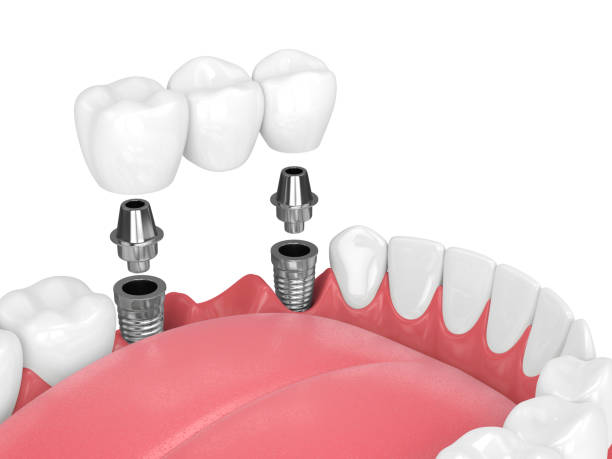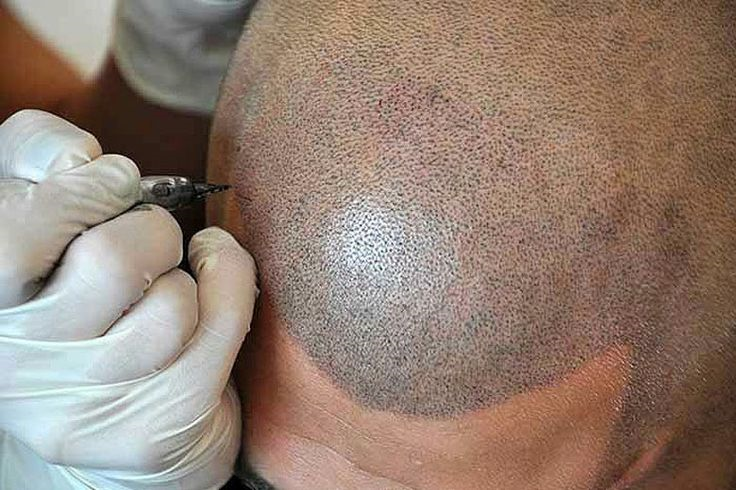If you’re researching options for hair restoration, one common question is: Do hair transplants leave scars? This concern is especially relevant for those considering aHair Transplant in Riyadh where modern techniques are widely available. Understanding the types of hair transplant methods and their impact on scarring can help you make an informed decision and set realistic expectations about post-procedure outcomes.
This article explores the types of scarring associated with hair transplants, how scars can be minimized, and what advances have been made in this field.
Types of Hair Transplant Procedures and Their Scarring:
Hair transplant techniques vary, and so does the likelihood and visibility of scars.
Follicular Unit Transplantation (FUT):
-
Also known as the “strip method.”
-
Involves removing a strip of scalp from the donor area.
-
Leaves a linear scar at the donor site, usually at the back of the head.
-
The scar can be hidden by surrounding hair if the hair is kept long enough.
Follicular Unit Extraction (FUE):
-
Individual follicles are harvested directly from the scalp.
-
Leaves tiny, dot-like scars scattered throughout the donor area.
-
These scars are less noticeable and heal faster than FUT scars.
-
Allows for shorter hairstyles with minimal visible scarring.
Factors Influencing Scar Visibility:
Several factors affect how noticeable scars will be after a hair transplant.
Key Influencers:
-
Surgical technique used.
-
Skill and experience of the surgeon.
-
Patient’s skin type and healing ability.
-
Post-operative care and protection from trauma.
-
Hair length and density in the donor area.
How to Minimize Scarring After a Hair Transplant:
With proper planning and care, scarring can be minimized significantly.
Tips for Reducing Scar Visibility:
-
Choose a reputable clinic with experienced surgeons.
-
Follow all post-surgery instructions carefully.
-
Avoid strenuous activities that might stress the scalp.
-
Keep the scalp clean and moisturized as advised.
-
Avoid sun exposure and wear hats if necessary.
-
Consider scalp micropigmentation for camouflaging scars.
Healing Timeline and Scar Maturation:
Understanding the healing process helps manage expectations about scarring.
Healing Stages:
-
Initial redness and swelling typically subside within 1-2 weeks.
-
Small scars from FUE usually fade and become less noticeable over months.
-
FUT linear scars mature and soften over 6-12 months.
-
Scars may continue to improve in appearance for up to two years post-procedure.
Can Scars Be Removed or Camouflaged?
If scars are visible and cause concern, there are effective options available.
Scar Management Techniques:
-
Laser therapy to reduce redness and improve texture.
-
Micropigmentation (scalp tattooing) to blend scars with natural hair.
-
Surgical scar revision for linear scars.
-
Hair transplant revision to add density over the scar area.
Why Riyadh Is a Great Place for Scar-Minimizing Hair Transplants:
Clinics in Riyadh are known for adopting the latest technology to reduce scarring risks.
Advantages of Choosing Riyadh Clinics:
-
Access to expert surgeons skilled in FUE and FUT techniques.
-
Use of advanced tools to minimize trauma to donor sites.
-
Personalized treatment plans focused on aesthetic outcomes.
-
Comprehensive aftercare support to promote optimal healing.
Myths About Hair Transplant Scarring Debunked:
Myth 1: All Hair Transplants Leave Large, Noticeable Scars
Fact: Modern FUE techniques leave tiny, almost invisible scars.
Myth 2: Scars from Hair Transplants Can’t Be Hidden
Fact: Proper hair styling, micropigmentation, or revision procedures can effectively conceal scars.
Myth 3: Scarring Means a Failed Hair Transplant
Fact: Scarring is a normal part of healing and does not indicate failure if managed properly.
Final Thoughts:
While hair transplants do involve some degree of scarring, the extent and visibility vary widely depending on the technique and care taken. Many patients, especially those opting for FUE, experience minimal scarring that is barely noticeable. For those considering a Hair Transplant in Riyadh selecting a skilled surgeon and following aftercare guidelines are crucial for minimizing scars and achieving natural-looking results.
Advancements in hair restoration continue to reduce the risk of visible scarring, allowing patients to enjoy fuller hair with confidence.







0 Comments